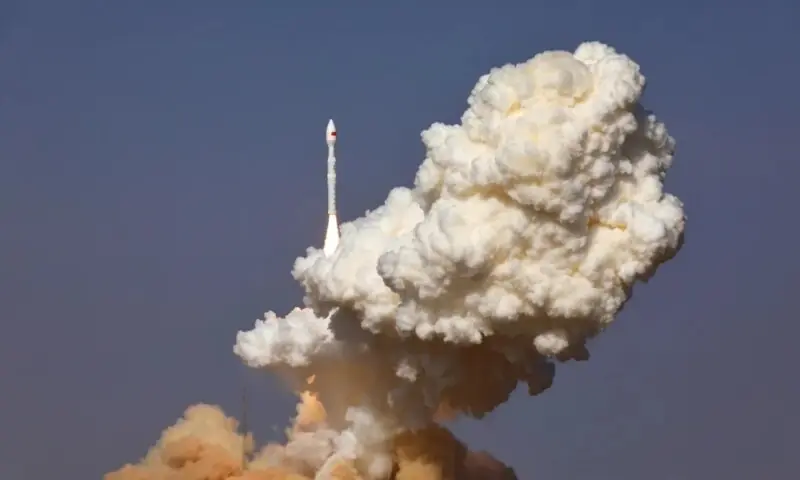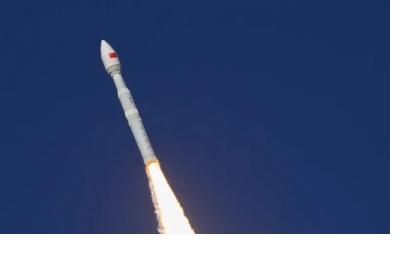Jiuquan, China, 19 October 2025 – Marking a historic milestone in its national space program, Pakistan successfully launched its first Hyperspectral Satellite (HS-1) from China’s Jiuquan Satellite Launch Centre. The Pakistan Space and Upper Atmosphere Research Commission (SUPARCO) described the launch as a significant advancement that will enhance the country’s capacity for environmental monitoring and disaster response, ushering in a new phase of space technology for sustainable development.
A New Era in Hyperspectral Earth Observation
HS-1 implements hyperspectral imaging, which captures hundreds of narrow spectral bands beyond the red, green, and blue wavelengths of conventional satellite cameras. Hyperspectral cameras detect subtle variations in light that reveal changes invisible to standard sensors, enabling HS-1 to capture ultra-precise imagery of land, vegetation, water, and urban surfaces.
The data will empower national agencies to monitor deforestation, pollution, and glacial melt, as well as map crop health, soil moisture, and water quality more effectively, enhancing yield estimation by 15-20% and bolstering food security. HS-1 enhances Pakistan’s capacity in environmental monitoring and disaster management, supporting informed decision-making and sustainable resource use.
Enhanced Disaster Preparedness and Climate Resilience
HS-1 spearheads progress in disaster management by improving early-warning systems and post-disaster assessments for floods and landslides, which frequently affect Pakistan’s northern regions. By integrating hyperspectral data into national disaster response frameworks, SUPARCO can deliver faster, more accurate analyses of flood extents and slope stability.
The satellite will also support sustainable infrastructure and environmental oversight, particularly within the China-Pakistan Economic Corridor (CPEC). HS-1’s hyperspectral imaging enables early identification of geo-hazard risks and guides sustainable infrastructure planning, strengthening Pakistan’s resilience to climate-related challenges.
HS-1 is a key milestone for Pakistan, aimed at expanding agricultural productivity, improving climate resilience, and enhancing natural resource management through advanced Earth observation. The project is a significant step in Pakistan’s space roadmap, contributing to its rise as a regional leader in sustainable space technology and reinforcing SUPARCO's commitment to using satellite technology for national progress.

Advancing Development Goals through Space Diplomacy
China’s contribution to the HS-1 mission with Pakistan reinforced both countries' growing partnership in peaceful space exploration, following earlier joint remote-sensing satellite launches this year. The collaboration underscores the technical achievements of the Pakistani and Chinese teams, demonstrating their shared focus on advancing space innovation for socioeconomic development.
Pakistan's Prime Minister Shehbaz Sharif highlighted Pakistan’s enduring alliance with China in promoting space science for environmental sustainability. He declared, “The cooperation between Pakistan and China in space research, like in other sectors, is exemplary and of key importance.” He added, “The satellite will significantly increase national capabilities in areas such as agriculture, environmental monitoring, urban planning and disaster management.”
The Path Toward a Sustainable Future
The HS-1 mission aligns with Pakistan’s National Space Policy and SUPARCO's Vision 2047, which foster the country's space technology and innovation for national development. Pakistan has launched two other remote sensing satellites this year, EO-1 and KS-1, which are currently operational. HS-1 will undergo approximately two months of calibration before becoming fully operational later this year, further strengthening Pakistan’s Earth observation capabilities in support of disaster risk reduction and sustainable development initiatives.
Reference Points:

